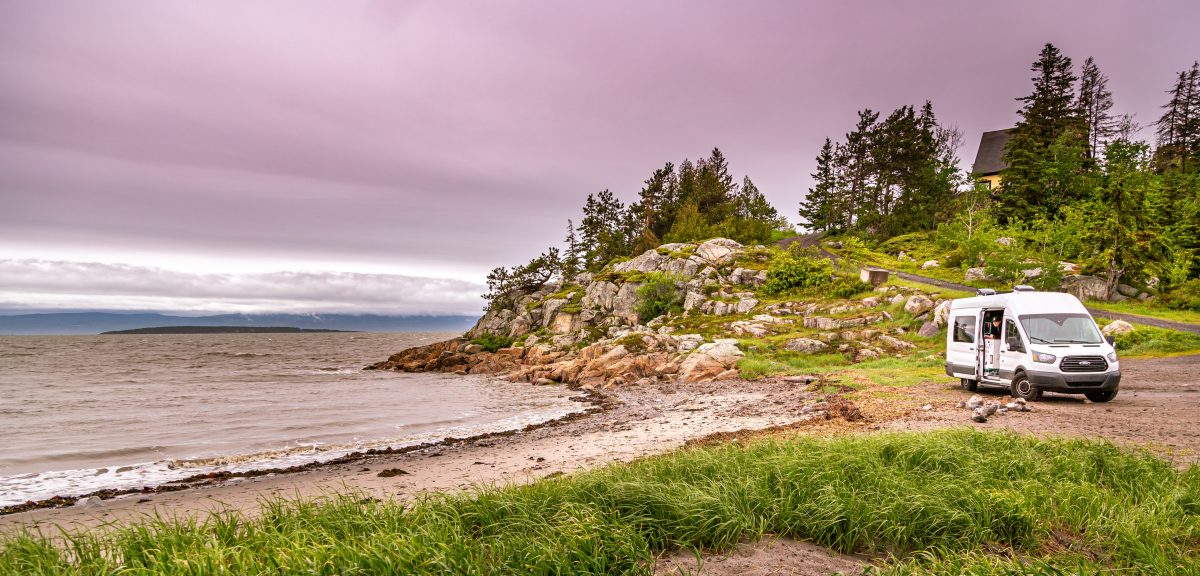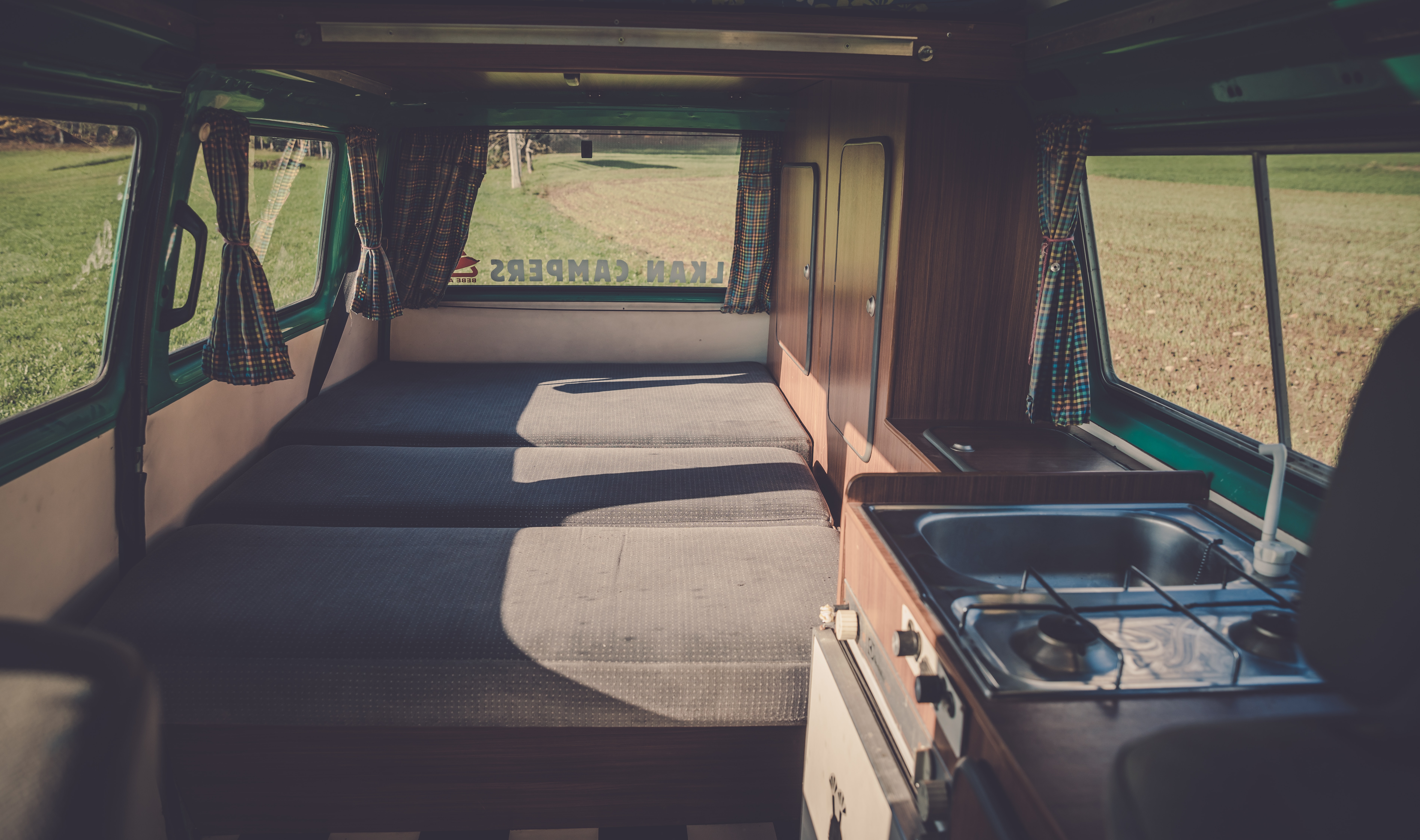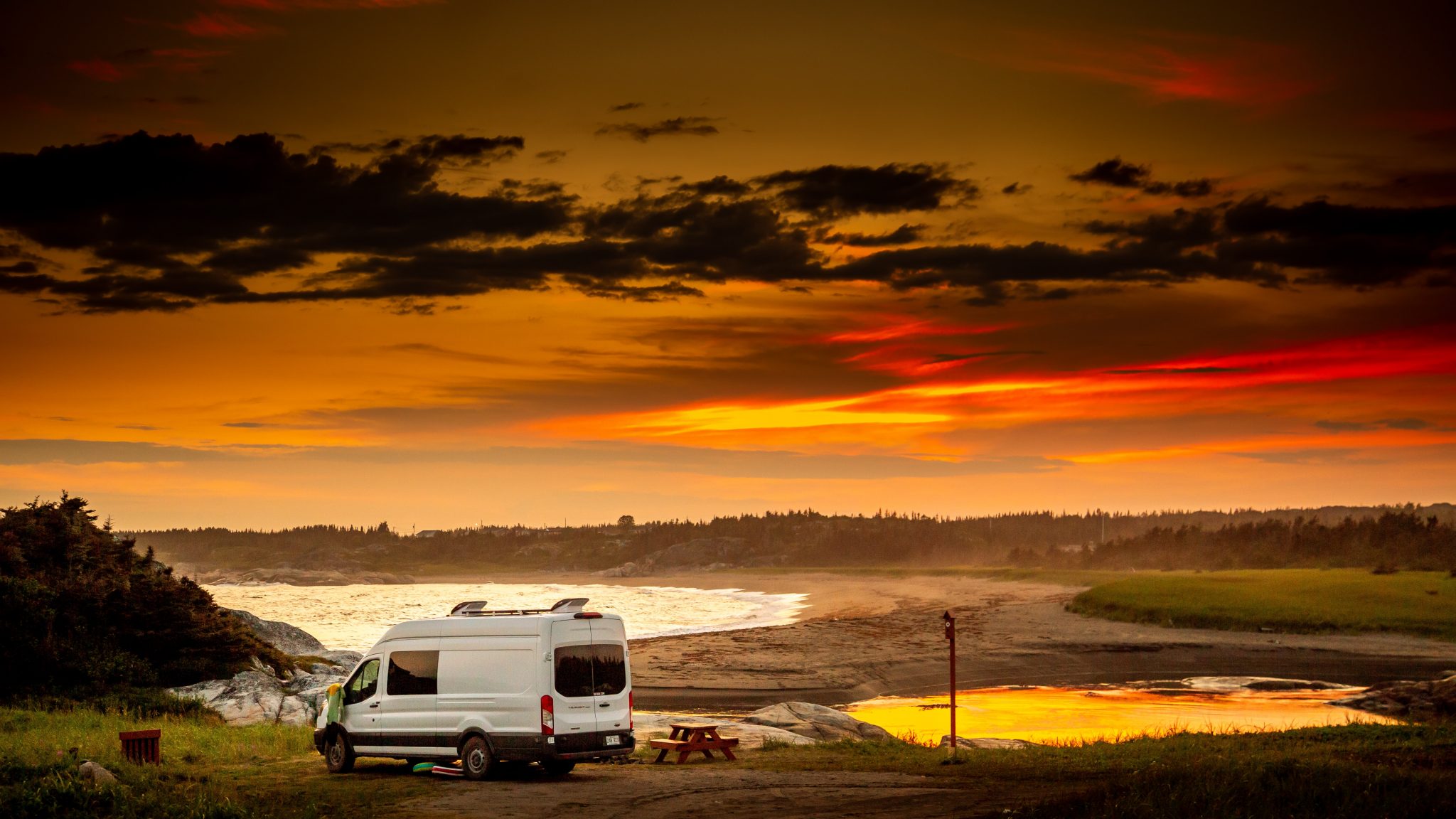Building a custom van can turn out to be an easy task if you use the right procedure and already have the necessary materials. The customized van will help you in your wilderness trips and even save you some accommodation bills. So what do you require for this? You will need a van, the materials you would love using and the tools. This process is cheaper, offers customization, and makes you gain some skills. After buying the van, have it cleaned, take measurements, and then follow the below process to develop a customized van. Here are the steps.
Step 1: Make a Plan
After having your van ready and cleaned, it’s time to create a plan to allow a flawlessly building process. It is the most critical stage in this building process, and that’s where most people fail. According to van building experts from gnomadhome.com, you will need to mark places for the bed, the kitchen, the storage area, and the bathroom – if planning for an inside one. You also need to plan how to install your electricity and air-conditioner, if any, and the kind of materials, plus the tools you will want to use in the process. You can draw this plan on a book or use 3D software to avoid messing with the van.
Step 2: Make Insulation
If you are done with the plan, it’s now time to start building your van. Depending on the van’s build and your intended use, you may want to do some insulation on the bottom, sides, and the roof inside the van’s body. Insulation can be done with boards or any other material deemed fit. You can start with the floor, then behind the walls and ceiling. Some people do prefer building their vans without ceilings, depending on the condition of the vehicle.

Step 3: Flooring
Flooring should come first after insulation. If your van already came with a carpet, you can use it the way it is to fasten bed frames, cabinets, and the kitchen. Ensure the flooring you put fits all corners and bends and that no area stays uncovered. You can drill through the woods to the bottom of the van and fix the floor tightly with screws. Make sure you don’t damage the vans components. After setting the floor, you can cover it with vinyl, carpet, or paint to make it appealing. If using vinyl and carpet, ensure you stick them firmly with glue.
Step 4: Build the Foundation
After you are done with the floor, it’s time to come up with the frames. You can start with the bed, and then put some frames for the cabinets. You can use the available space below the bed for the storage area and conserve other places for other purposes. Ensure all frames are solid and firm to avoid moving when the van is in motion. The number of frames to build depends on your wants and requirements. First, start with the bed, create the cabinets, storage area, then fix the other areas.
Step 5: Start building the interior
With good framing, building the van interior will be an easy task. You can put on your mattress, tables, and other finishes depending on your requirements and preferences. In this process, you fix your cabinets, kitchenette, and other features as per your plan. You can create storage drawers under the bed and use the best material for other areas to have an appealing look. The interior process should take a few days and comprise all the details you wanted for your van.

Step 6: Add the Basics
The basics include the power sockets, lights, water, and ventilation to your van. You can convert the car battery power into AC and have some two to three sockets or have some solar panels fixed on the roof to provide you with extra power. It is also essential to have some power banks for use when the engine isn’t running. It’s worth investing more if your trips will be taking longer. You can customize the vehicle lights by adding led strips and high-intensity lights for the kitchen and outside.
Water connections aren’t necessary inside the van unless you have some kitchen sinks. Ensure you have enough ventilation, and you can get a heater or fan to regulate the temperatures. It is also essential to include some curtains for privacy and add other essentials, including the mattresses, bedsheets, utensils, gas, stove, camping chairs, tables, and much more.
This guide only talks about the essentials required in the van, and you may want more. Ensure whatever you put on the van doesn’t make it cluttered or heavy. Depending on the size, the van can accommodate two or more people for a few days trip. Don’t forget other basic needs, including food, drinks, toiletries, and much more, depending on your trip.


